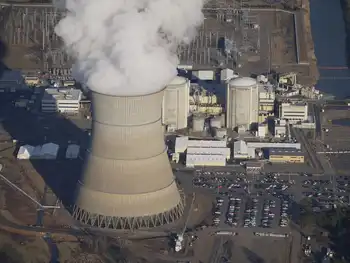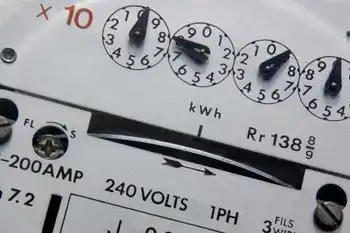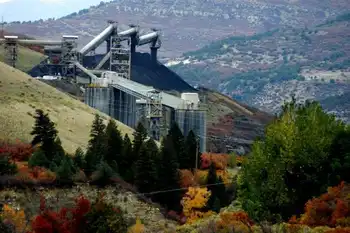Rhode Island PUC approves infrastructure improvement plans
By National Grid
NFPA 70e Training - Arc Flash
Our customized live online or in‑person group training can be delivered to your staff at your location.

- Live Online
- 6 hours Instructor-led
- Group Training Available
The ISR Plans are submitted annually and outline the companyÂ’s proposed upgrades to the stateÂ’s aging electric and gas infrastructure. The Fiscal Year 2016 plan calls for an investment of more than $150 million, ranging from electric substation upgrades to natural gas pipeline replacement.
“National Grid is committed to improving and sustaining our electric and gas infrastructure in Rhode Island. The Commission’s approval of our two plans will allow our customers to continue to receive safe and reliable energy for years to come,” said Timothy F. Horan, president of National Grid in Rhode Island. “We look forward to working closely with local public works officials and communities as we begin this year’s improvement projects throughout the state.”
Electric System Improvements
National GridÂ’s effort to upgrade the stateÂ’s electric distribution system, a $73.3 million investment for Fiscal Year 2016, includes the following customer projects, among others:
- South Street Substation – Replacing existing equipment to address capacity and asset condition issues to accommodate existing and future electric needs of downtown Providence, with project completion in 2019.
- Aquidneck Island – Installing new substation, sub-transmission line, and distribution feeders to address normal and contingency electricity load and retire five substations in Newport and Middletown, with project completion in 2019.
- Quonset Substation & Electric Boat Expansion – Expanding the substation and distribution to address asset condition, area capacity and Electric Boat’s proposed expansions, with projected completion in 2017.
- Ongoing Vegetation Management – To mitigate potential outages caused by hazardous trees near power lines, National Grid will trim approximately 1,250 miles of trees each year, working within a four-year trimming cycle.
ISR costs are included in the delivery charges side of a customerÂ’s bill. Based solely on this yearÂ’s ISR Plan approved by the PUC, a typical residential customer using 500 KWH each month would see an increase of less than one percent, or 79 cents each month. However, when combined with other delivery service rate changes that took effect on April 1, the same customer will see a monthly bill decrease of $1.35. Bills will go from $98.81 to $97.46.
Natural Gas System Improvements
National GridÂ’s effort to upgrade Rhode IslandÂ’s natural gas infrastructure, a $76.8 million investment for Fiscal Year 2016, includes the following customer projects, among others:
- Proactive replacement and improvement of more than 50 miles of leak-prone pipeline throughout the state.
- Structural upgrades to natural gas pressure regulating facilities.
- Gas system expansion, including the installation of new gas mains and service lines
- Gas planning work, including the elimination of single feeds, valve work, system resiliency and more.
- LNG plant improvements in Exeter and Cumberland.
Through the construction and completion phases of these improvement projects, National Grid will work closely with local municipalities to mitigate traffic disruptions, and will notify abutting property owners of construction work schedules.
The average residential heating customer using 846 therms per year will experience an average increase of $2.83, or 2.7 percent, on their monthly natural gas bill.











